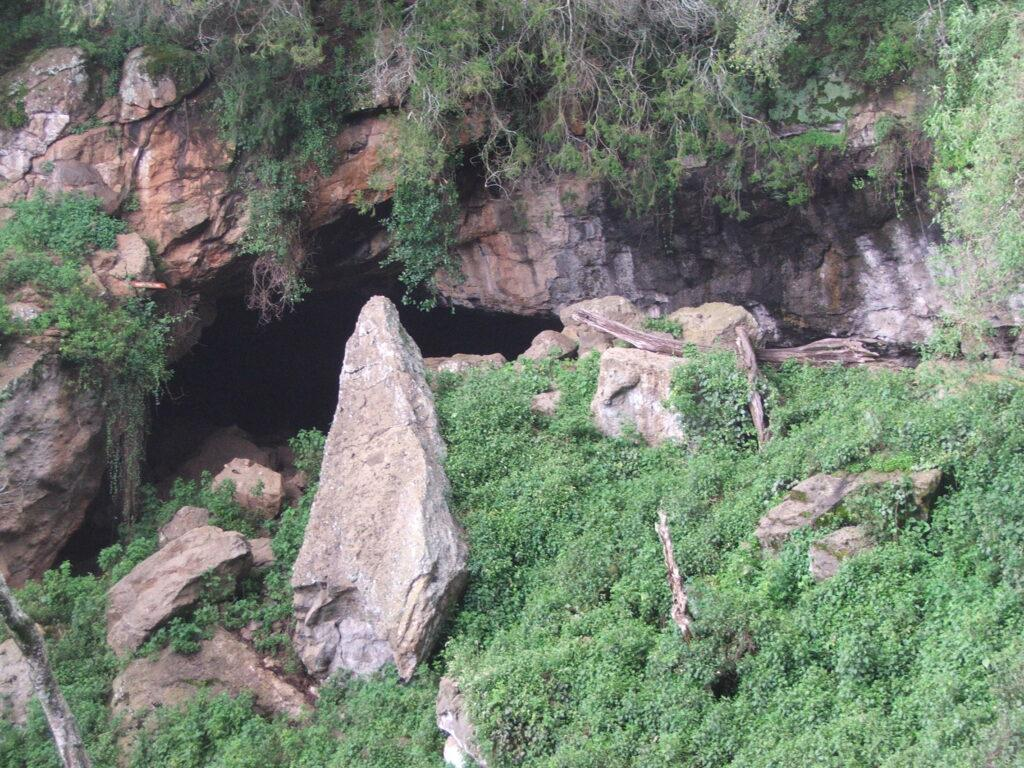
Entrance to the most dangerous place in the world. Image credit: Mount Elgon Foundation
Kitum Cave, situated near the Kenyan-Ugandan border, is a volcanic cave stretching approximately 200 meters (700 ft) deep into the side of Mount Elgon. The cave, which has been called “the most dangerous place on earth,” features walls that are abundant in salt, attracting various animals such as elephants who have been coming here for centuries in search of this essential mineral.

Elephants come to the cave to “mine” salt. Image credit: Richard Preston
Initially, the marks on the cave walls were thought to have been made by ancient Egyptians while attempting to mine with picks for precious metals or gemstones. However, it was later confirmed that they have been left behind by the visiting elephants.
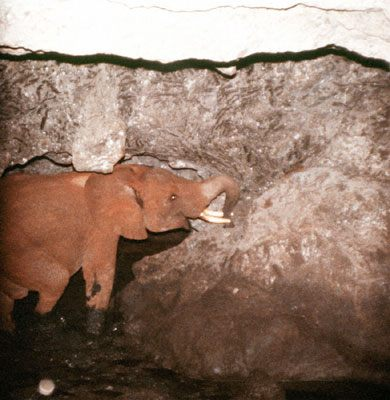
Tusks and tusk marks in Kitum Cave. Image credit: Richard Preston
So what makes this place so dangerous? It is believed that the cave may have been the origin of two of the most lethal diseases known to humans – Ebola and Marburg. Although the exact location of the unknown hosts of these viruses is unknown to scientists, many Ebola and Marburg cases have been linked to the area around Mount Elgon, a unique ecological phenomenon which is home to a rainforest surrounded by dry African savannas.

Stairway to hell. Image credit: Nina R
In an attempt to identify the vector species residing in the cave, the United States Army Medical Research Institute of Infectious Disease (USAMRIID) conducted an expedition and collected samples from a wide range of species, including fruit bats. However, no viruses that cause Marburg disease were found, and for now, the animal vector remains unknown.
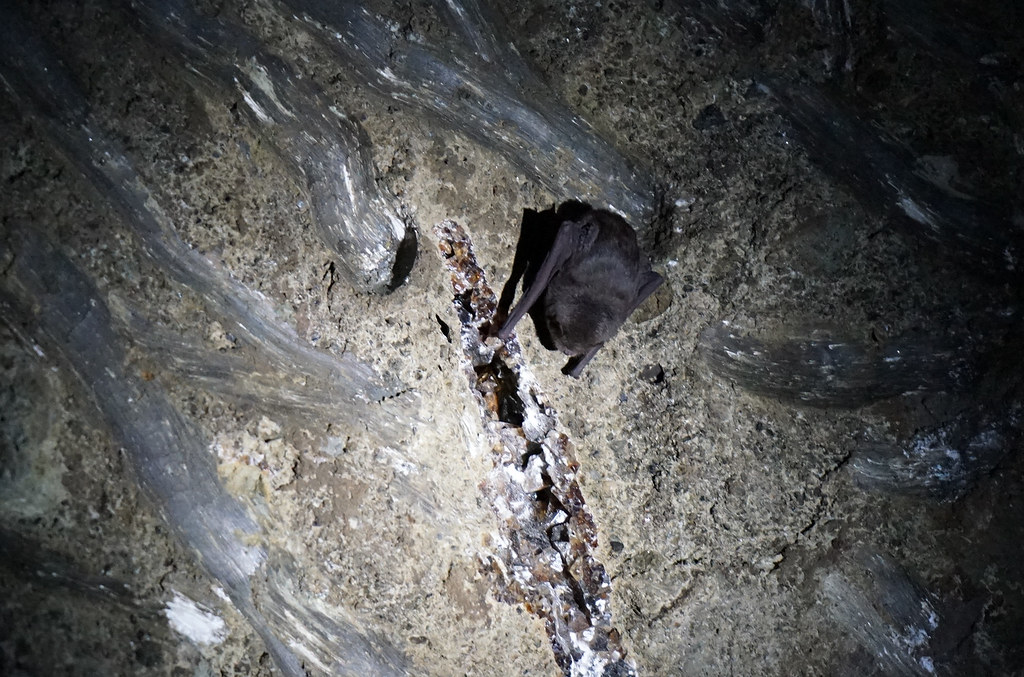
A bat in Kitum Cave. Image credit: Nina R
But why exactly Kitum Cave? What makes it such an ideal place for the development of these viruses? There are several factors in play.
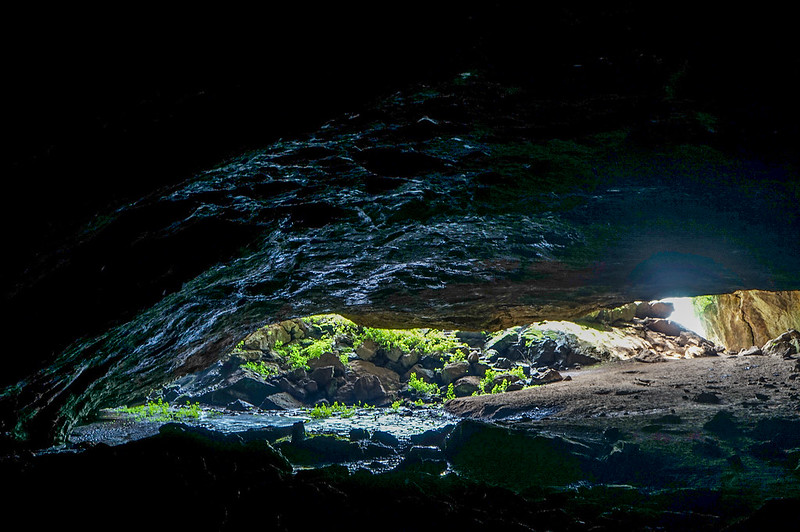
Inside Kitum Cave. Image credit: Nina R
The majority of caves are formed by water erosion and are too moist for viruses to flourish. But since Kitum Cave was created over thousands of years by the constant scratching of rocks by elephants in search of salt, its dry environment provides an optimal setting for virus survival.
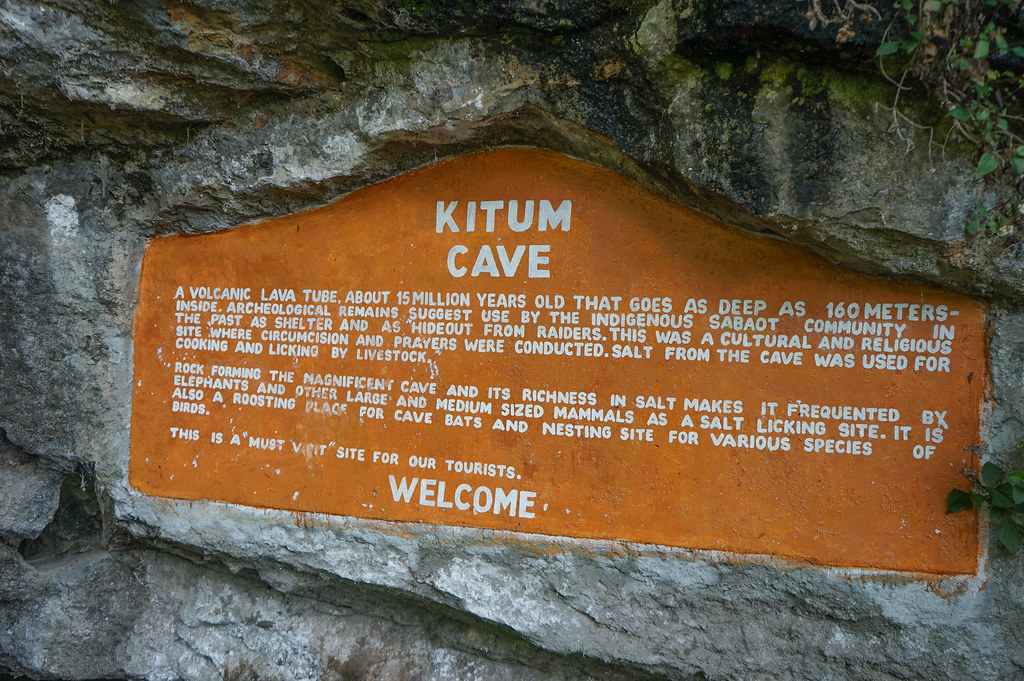
A must-visit site for tourists? Well, maybe if they wear some protective gear. Apparently, the local authorities are not too concerned about viruses. Image credit: Nina R
The outbreaks at Kitum Cave underscore the importance of understanding the ecology of viral diseases and the need for effective prevention and control measures. Some of these measures would include not entering the cave without protective gear. Nonetheless, many reckless visitors do. One of them reported being sick with an unknown disease for 6 months after visiting the cave without wearing even a single protective mask.